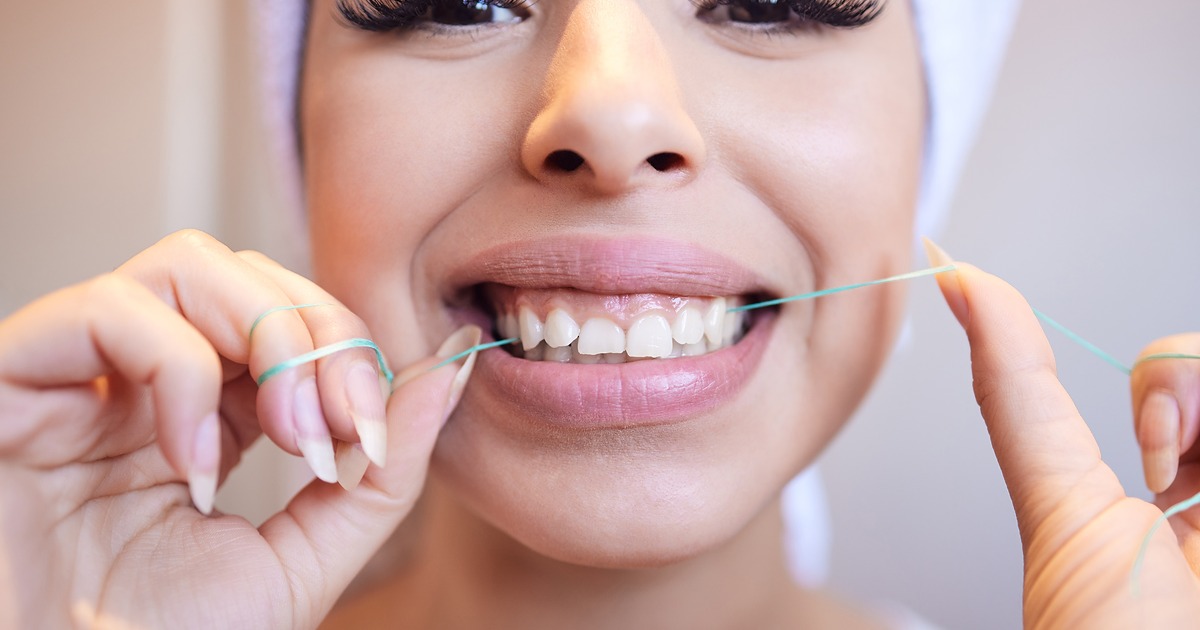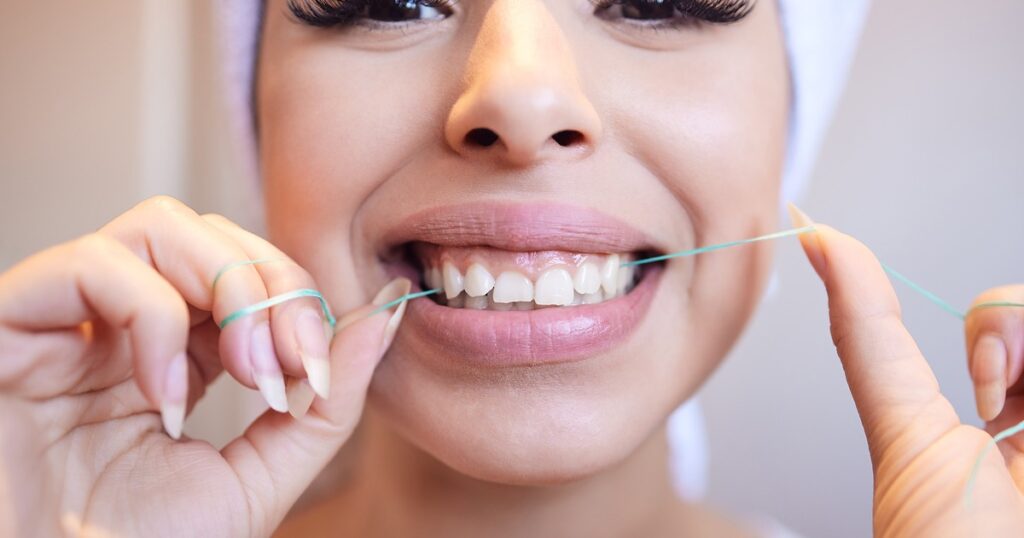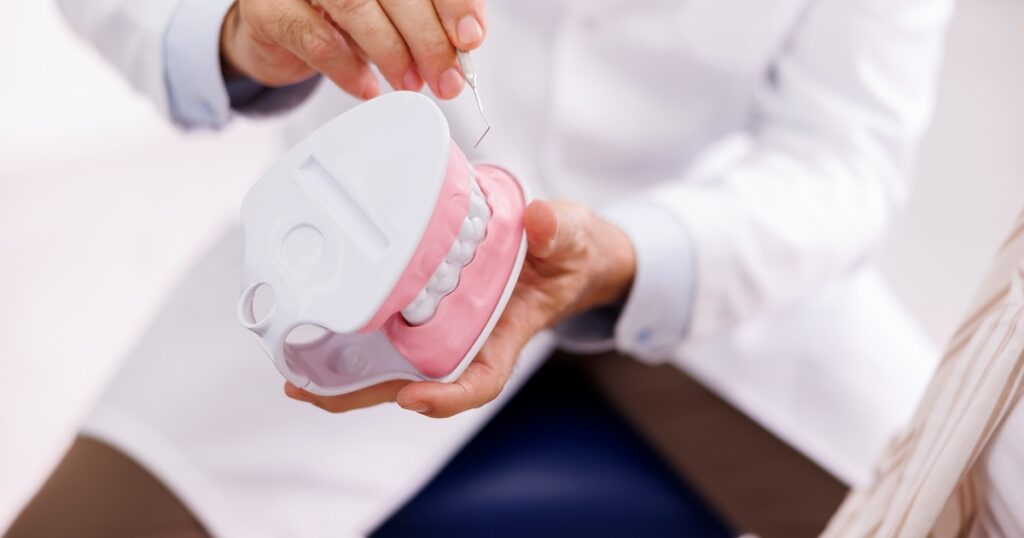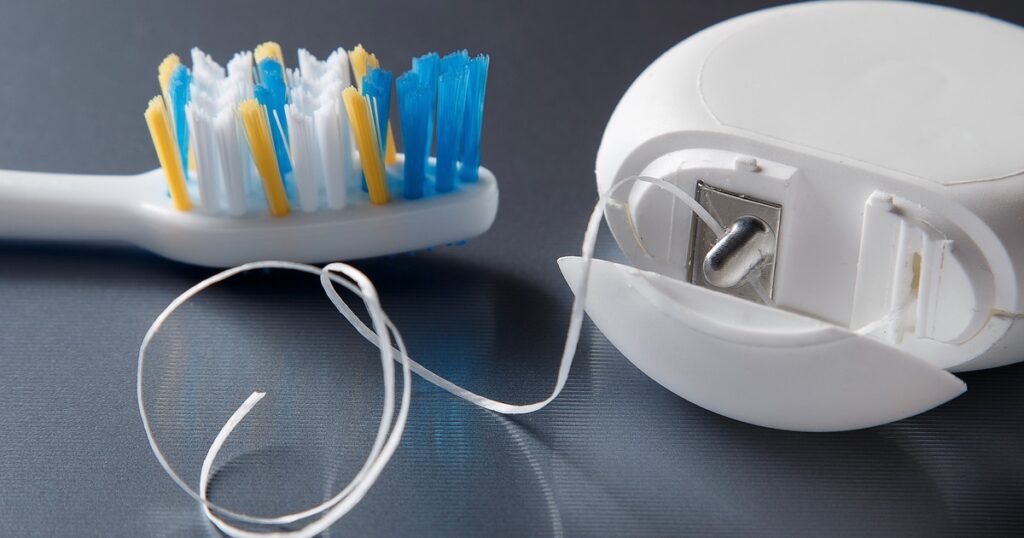How Many Times a Day Should You Floss with Gingivitis

If you’ve been diagnosed with gingivitis, flossing is one of the most effective ways to reverse it. Gingivitis is caused by plaque and bacteria buildup around your teeth and gums, leading to swelling, redness, and bleeding. The good news is that gingivitis is reversible with proper oral care—and flossing plays a key role. A complete flossing routine means knowing all the details. Learn How to Floss Back Teeth and Molars, understand Should You Floss Before or After Brushing?, find out Can You Floss Too Much?, and manage gum health with How Many Times a Day Should You Floss with Gingivitis.
✅ Dentist Recommendation
Dentists and the American Dental Association (ADA) recommend:
-
Flossing once a day is enough for most people, even with gingivitis.
-
More frequent flossing (twice daily) won’t necessarily heal gums faster and may even cause irritation if done too aggressively.
-
The key is consistency and correct technique—flossing gently and thoroughly once a day helps remove bacteria between teeth where your toothbrush cannot reach.
🧑⚕️ Why Once a Day Is Enough
-
Plaque bacteria begin to regrow within 24 hours.
-
Flossing once daily disrupts this cycle and prevents bacteria from hardening into tartar.
-
Over-flossing can irritate already inflamed gums, delaying healing.
⏰ Best Time to Floss with Gingivitis
-
Before bed is the ideal time. This prevents bacteria from sitting on your gums overnight, when saliva production slows and your mouth is most vulnerable.
-
Dentists also recommend flossing before brushing, so toothpaste fluoride can reach between teeth more effectively.
🪥 Complete Gingivitis Care Routine
If you have gingivitis, combine flossing with:
-
Brushing twice daily with a soft-bristled toothbrush
-
Antimicrobial mouthwash (chlorhexidine or ADA-approved rinses)
-
Regular dental cleanings to remove tartar buildup
-
Healthy diet & hydration to support gum healing
❓ FAQs
1. Can I floss twice a day with gingivitis?
Yes, but it’s not necessary. If you floss gently and correctly, once a day is enough.
2. My gums bleed when I floss. Should I stop?
No—bleeding is a common sign of gingivitis. With daily flossing, bleeding usually stops within 1–2 weeks. If it continues, see your dentist.
3. Can flossing cure gingivitis on its own?
Flossing helps, but you also need proper brushing, mouthwash, and professional cleanings to fully reverse gingivitis.
📝 Final Takeaway
👉 If you have gingivitis, floss once a day—preferably at night, before brushing your teeth. Done consistently and gently, this routine, along with brushing and rinsing, can reverse gingivitis within a few weeks.








